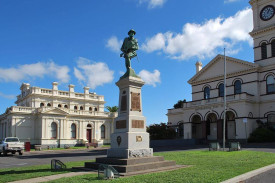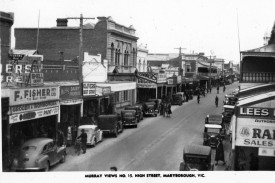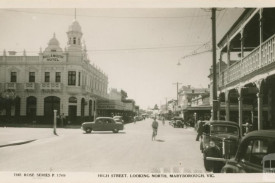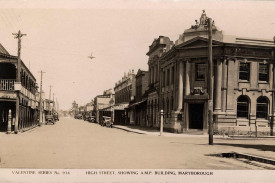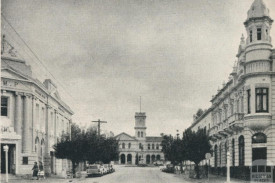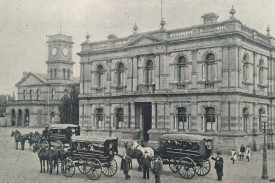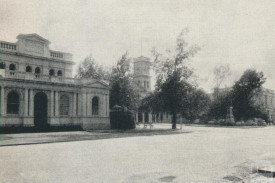Goldfields Getaway
13 June, 2024
Discover Living History
Visitors to Maryborough often remark on the incredible, intact architecture from days-gone-by. From the grandeur of the Railway Station to the cosy comfort of renovated miner’s cottages, as you make your way throughout the town you will see...
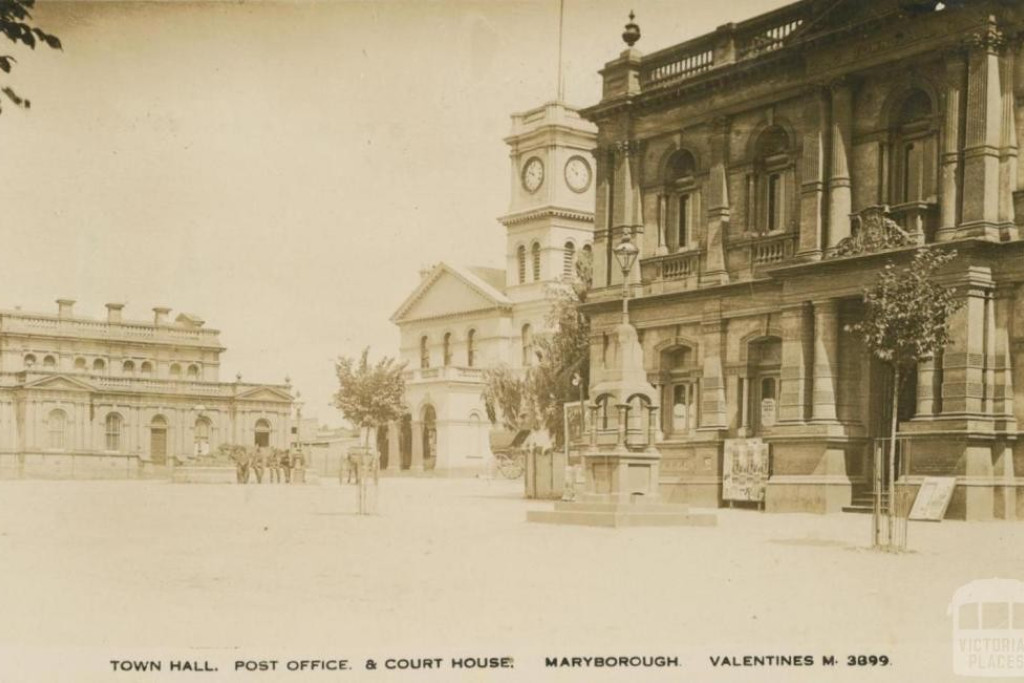
Visitors to Maryborough often remark on the incredible, intact architecture from days-gone-by. From the grandeur of the Railway Station to the cosy comfort of renovated miner’s cottages, as you make your way throughout the town you will see buildings and public spaces just as important to the life of the community today as when they were built more than a century ago.
With the wonderful help of staff and volunteers from the Central Goldfields Visitor Centre and the Maryborough Midlands Historical Society, we have put together a very brief introduction to some of the sites you will see during your stay. For more detailed information, as well as walking tours of local tiny towns, pop into the Visitor Centre located at the Railway Station.
Known as Tuaggra (the leaves of the yellow box gum tree) by the original inhabitants, the Dja Dja Wurrung people, the first Europeans to claim the area now known as Maryborough were the Simson brothers. The brothers established a sheep station called Charlotte Plains in 1840, and re-named the area Simson.
In 1848, a shepherd who worked for the Simsons found gold at Amherst. Subsequent finds saw prospectors flock to the area. The first survey of the town in late 1854 noted a police camp at Royal Parade (now the Golf Course); a Post Office and four hotels (including the Bull & Mouth); a number of make-shift canvas and wooden stores; hotels and two breweries along Park Road; as well as many miner’s tents and wooden and dab clay huts along Tullaroop Road and High Street.
Visiting the town in 1854, gold commissioner James Daly renamed the town Maryborough to honour his Irish birthplace. This was also the year that one of Victoria’s oldest, continuously running newspapers, The Maryborough District Advertiser, was founded.
McLANDRESS SQUARE
Clarendon Street.
Formerly known as the Maryborough Civic Square (1877), the name was changed in1996 in honour of Magistrate Alexander McLandress who was the first Chairman of Municipal Council. The Square incorporates several grand buildings all built before 1900, as well as two memorials after 1900.
TOWNHALL
Corner Clarendon & Neill Streets.
Built in 1887, the building designed by architect Geo R Johnson and replaced the original Town Hall on the opposite corner. The Town Hall used to accommodate the Municipal Offices and now houses the Central Goldfields Regional Development Board. The symbol above the main door is the Maryborough Coat of Arms, which was adopted by the Municipality (1857-1863). It means plenty of water and gold
WILKINSON FOUNTAIN
Clarendon Street in front of Post Office.
In front of the Town Hall is a fountain erected in the memory of the first soldier who died on the 3 July 1901 (Boer War) Gerald Massey Ivor Wilkinson, Corporal from The Tullibordines Scottish Light Horse. Corporal Wilkinson was killed in action at Elandskloof South Africa. The fountain was unveiled on 22nd April 1903. The structure consists of Malmsbury bluestone slabs at base with animal drinking trays to the sides.
POST OFFICE
Clarendon Street.
Post Office Officials took possession of the building on the 1st October 1878. The clock tower was added in 1879; the original clock, now electrically powered, survives on top floor of the tower. The slate louvre facing front floor still contains the hour chiming bell.
The building – with its three arched colonnades – was designed by Public Works Department of Victoria architect, John Marsden. The main features are the balustrade capped tower with flag pole, arcaded entrances, side portico and verandah with old Court Room now used as a postal hall.
SOLDIER MEMORIAL
Clarendon Street in front of Post Office.
In front of the Post Office is a tribute to the men who died in World War 1 (1914-1918). Unveiled in 1926, the sculptor was Margaret Baskerville. The cast brass statue is 7’ 6” height and stands on Harcourt mined granite. At a later date it was decided the stature would also honour the fallen in World War 11, the Korean War, Vietnam and Iraq.
ORIGINAL FIRE STATION (Central Goldfields Art Gallery). Cnr. Neill & Campbell Sts.
After several large fires destroyed stores and Bernie’s Freemason Hotel in Maryborough, the Maryborough No 1 Fire Company was formed by local business and volunteers.
In 1861 the fire station was built of red brick structure and in 1862 the bell was raised to the top of the new wooden tower – a gift from the Simson Brothers of Charlotte Plains. In 1887 a new, brick bell tower replaced the ageing wooden structure.
National Trust listed the building in 1975 and the station moved to its now location in 1982.
Central Goldfields Shire purchased the building in 1996, and revamped it into the new Central Goldfields Regional Art Centre.
